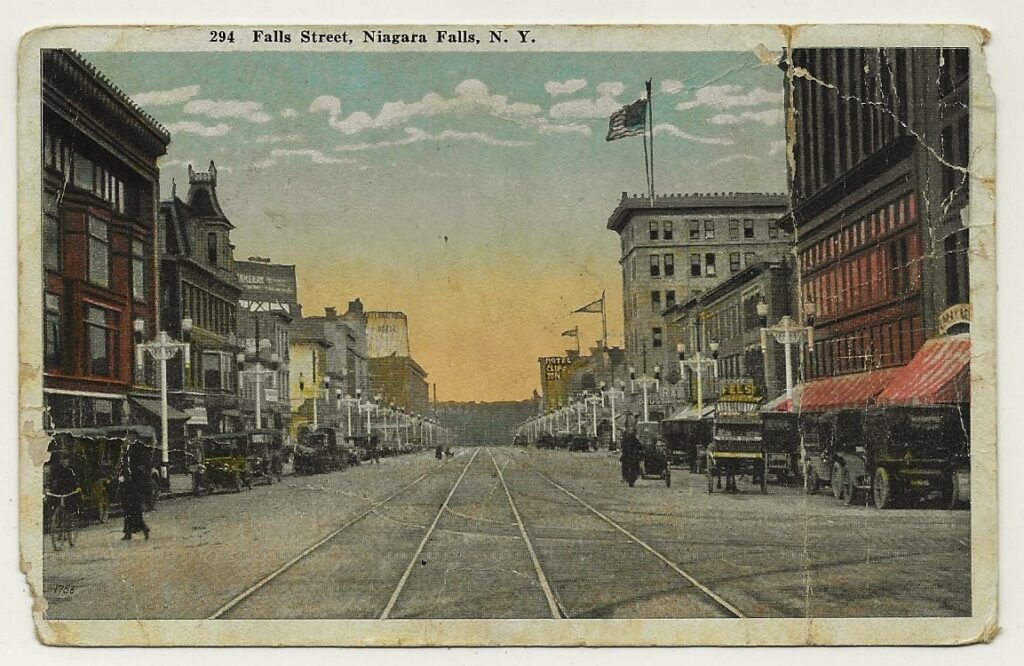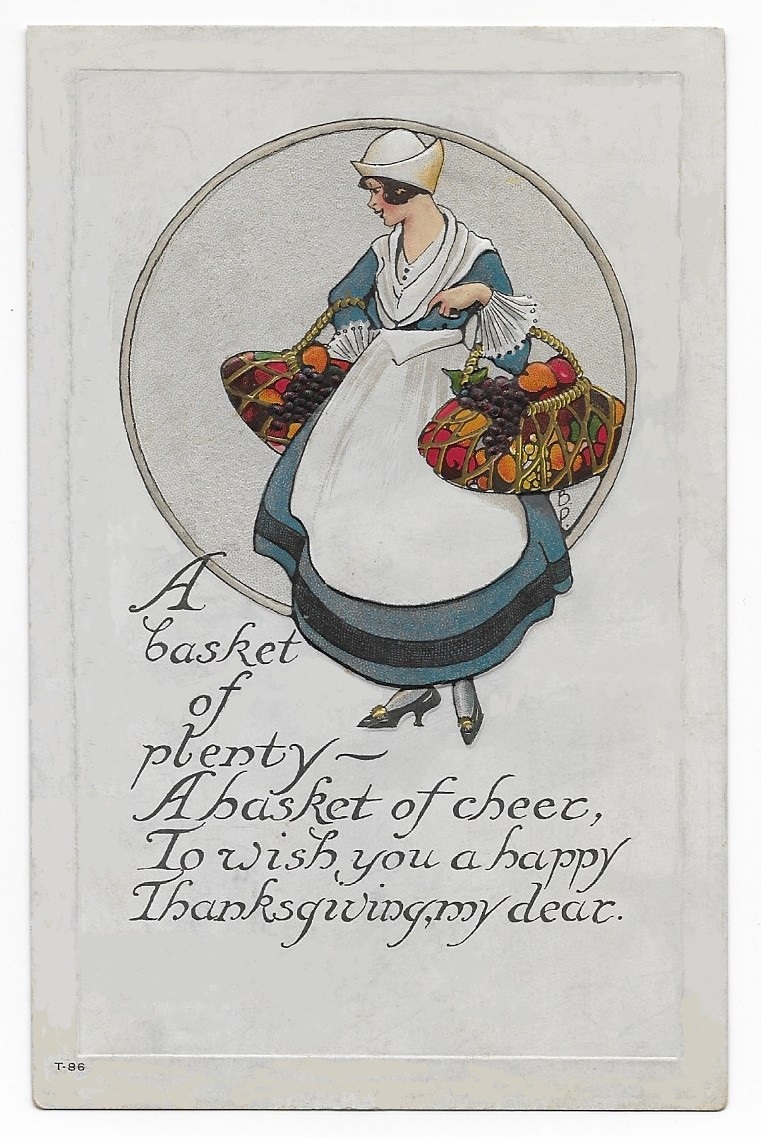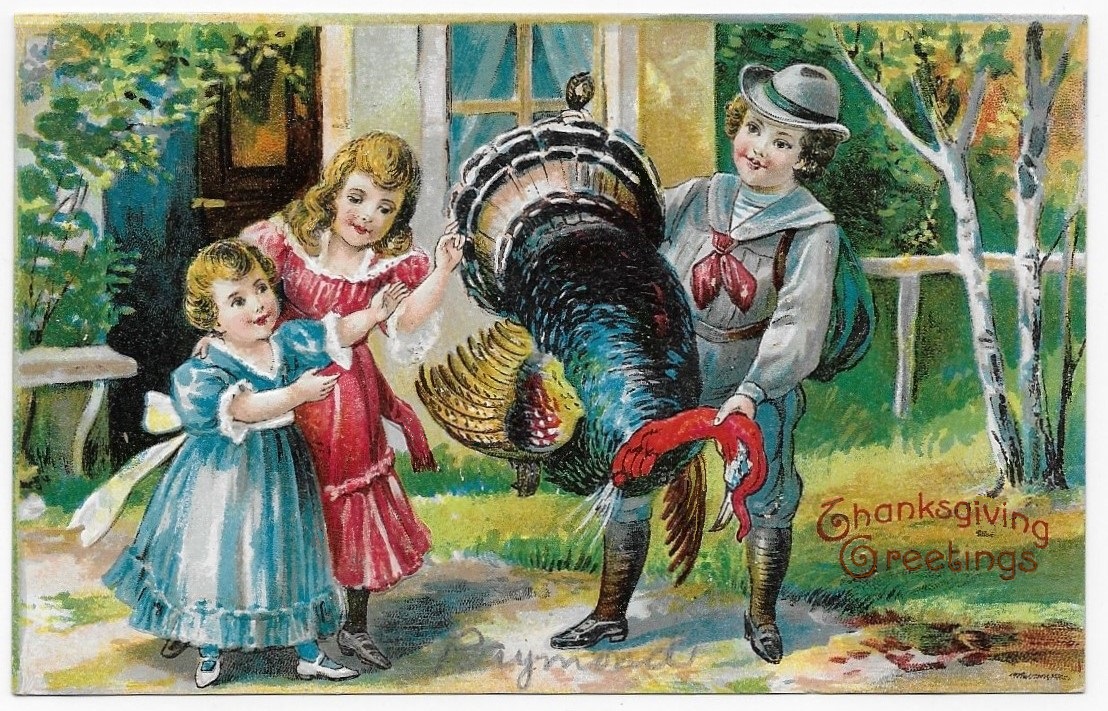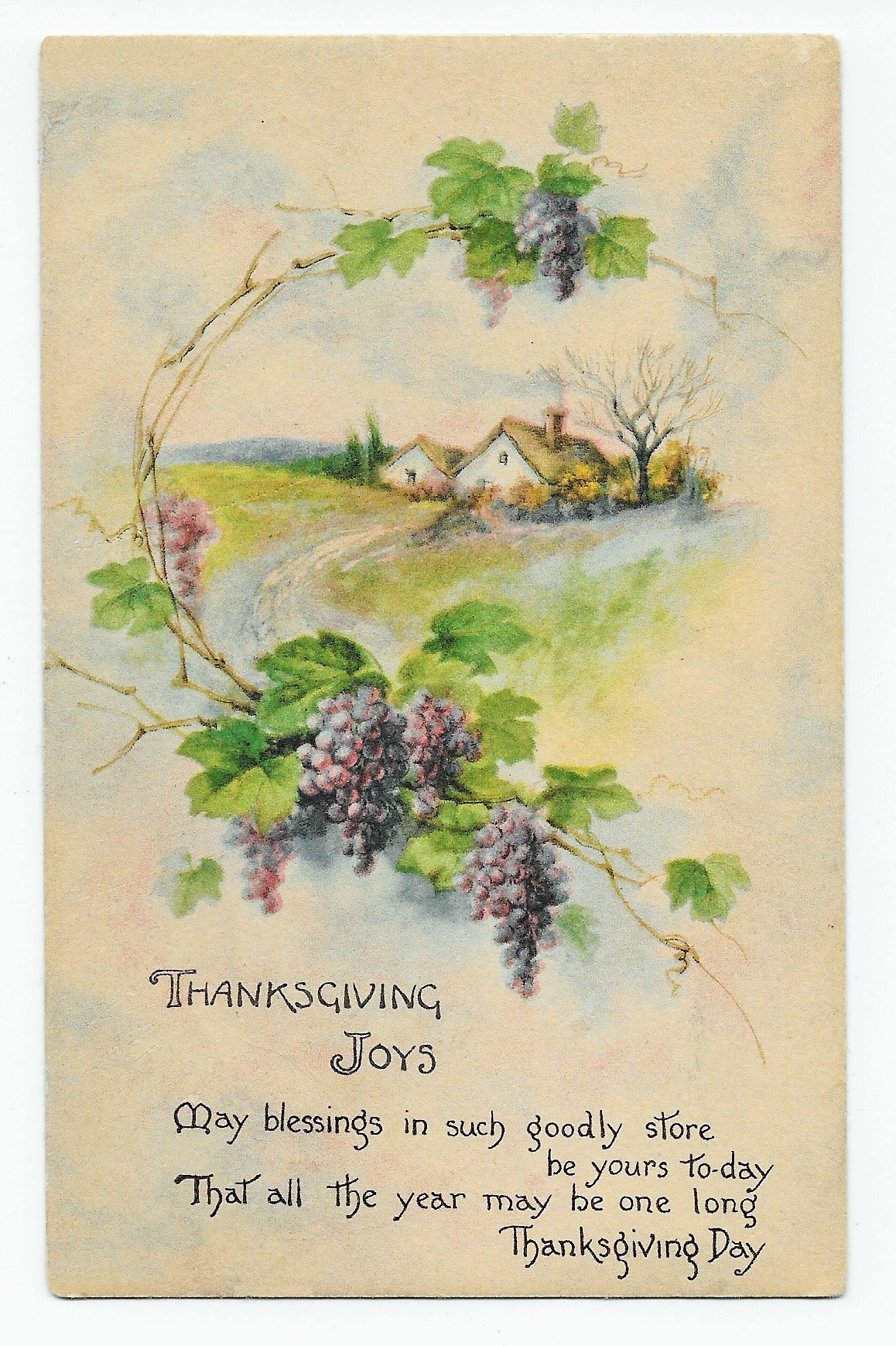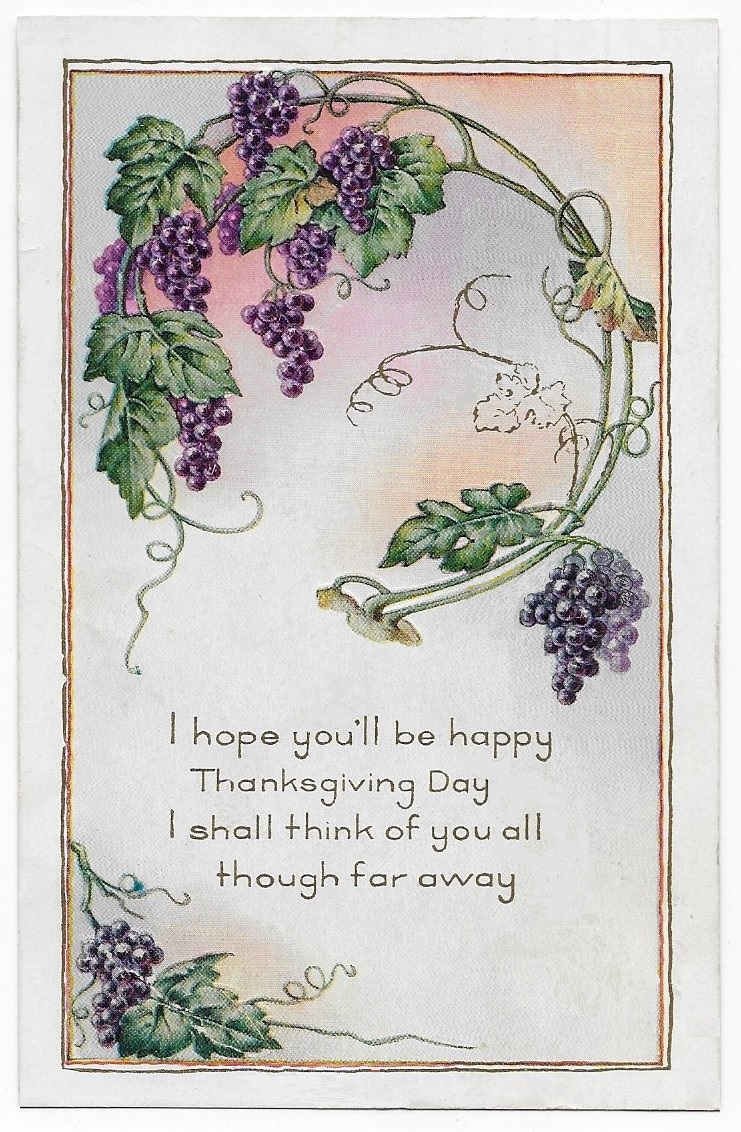In the early 20th century, Niagara Falls, NY was one of the most-visited places in the nation.
A favorite spot for honeymoons, Niagara Falls was also a destination for many Americans taking road trips by automobile or bus.
https://www.discoverniagara.org/history-of-tourism
The thriving port city of Buffalo, NY, less than 20 miles to the southeast, was connected by rail to all the cities of the northeast and to all the metropolitan regions of the Midwest.
A postcard collector today can easily obtain boxes full of postcard images of the natural wonder of Niagara Falls.
Less common are photographs of the town of Niagara Falls.
In other postcard stories, we have seen the Temperance Hotel in Niagara Falls, and the large Nabisco plant in Niagara Falls that was powered by electricity from the Falls.
+ + + + + + +
Niagara Falls had been settled by European colonists in the late 17th century and expanded as water power was employed for mills.
Tourism greatly increased in the early 1900’s as transportation systems and personal incomes improved in most parts of the country.
The development of cheap hydro-electric power, however, made the city of Niagara Falls a booming industrial center which attracted many immigrant laborers.
By 1960, manufacturing eclipsed tourism as a source of revenue, but this was reversed soon thereafter.
The de-industrialization of upstate New York, along with environmental distress (such as the infamous “Love Canal”) reduced manufacturing in Niagara Falls.
The population of Niagara Falls declined by more than 50 percent to about 48,000 in 2020.
https://en.wikipedia.org/wiki/Niagara_Falls,_New_York
+ + + + + + + +
Some time ago, I found this postcard photograph of Falls Street in the town of Niagara Falls.
Here we see automobile proceeding along a well-paved street that is lined with handsome street lights.
The roadway shows the intersecting rails for the trolley cars.
The postcard was not mailed, but was printed circa 1917.
On the reverse, we see the name, “Martha Frey”, but there is no indication whether Martha was the recipient of the postcard or the procurer of it.
The postcard had received some very bad treatment -a corner was torn, the face was marked by black lines, and (hardest to repair) there were numerous folds and wrinkles.
Because I had not seen this view before, I made more digital repairs to the image than I usually invest in a postcard.
Below, you can see the unaltered state of the postcard.

